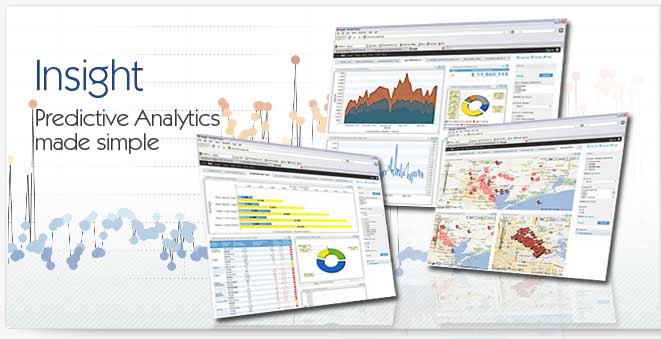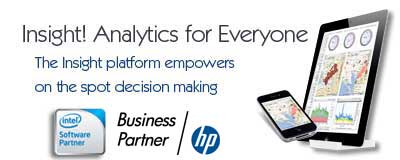Understanding Executive Dashboards
Executive dashboards are collections of charts, reports and other data visualization, typically presented as aggregated collections of charts in a format that resembles a dashboard. An executive dashboard is typically built on top of a business intelligence platform, often tied to an in-house data warehouse or other data source that powers the executive dashboards. Executive dashboards are often associated with large organizations due to the historically high entry price for the business intelligence software required, however, in recent years the entry price for executive dashboards has become significantly smaller and more affordable.
Benefits of Executive Dashboards
The benefits of executive dashboards are numerous, but the biggest ones can often be attributed to the notion that aligning corporate objectives to company execution allows organizations to better understand if they are performing on target and if they are achieving desired results. Through executive dashboards managers can gauge at nearly instant intervals key performance indicators (or KPIs) to help them asses where the business is performing according to pre-determined goals or underperforming (or over-performing).
Pitfalls of Executive Dashboards
While there are numerous benefits to the use of executive dashboards there are also pitfalls. The biggest ones are typically associated with executive dashboards that have been built either without matching up the metrics to corporate goals or executive dashboards that are too focused on numerical comparisons and not enough on qualitative ones. For example, while many executive dashboards for the past few years in the Detroit auto industry showed that the profit per vehicle for SUVs was significantly higher than that of sub-compact cars, the companies were not measuring or tracking the changing market conditions that led to increases in gas prices. This blind obedience to executive dashboards is an inherent risk of using executive dashboards without looking at the larger business context.
Understanding the Data of Executive Dashboards
In order to avoid falling into pitfalls like the one described earlier, executive dashboards should provide an accurate view of not only factual data that can be measured but also of qualitative data that might measure external factors and social factors that impact the company. In the example above one external key performance indicator that may have helped would have been the measurement of gasoline prices and oil futures.
Software for Executive Dashboards
Regardless of the methodology and measurements of the executive dashboards, the underlying software that powers them is known as business intelligence software. BI software as it's also known provides executive dashboards the core presentation, charting and data acquisition layers needed to present the executive dashboards to users. For executive dashboards to be properly set u and distributed, the underlying executive dashboards software must be able to gather data from a number of systems that are designed to feed data into the executive dashboards. This data collection can be done either internally or from an external data warehouse.
|



